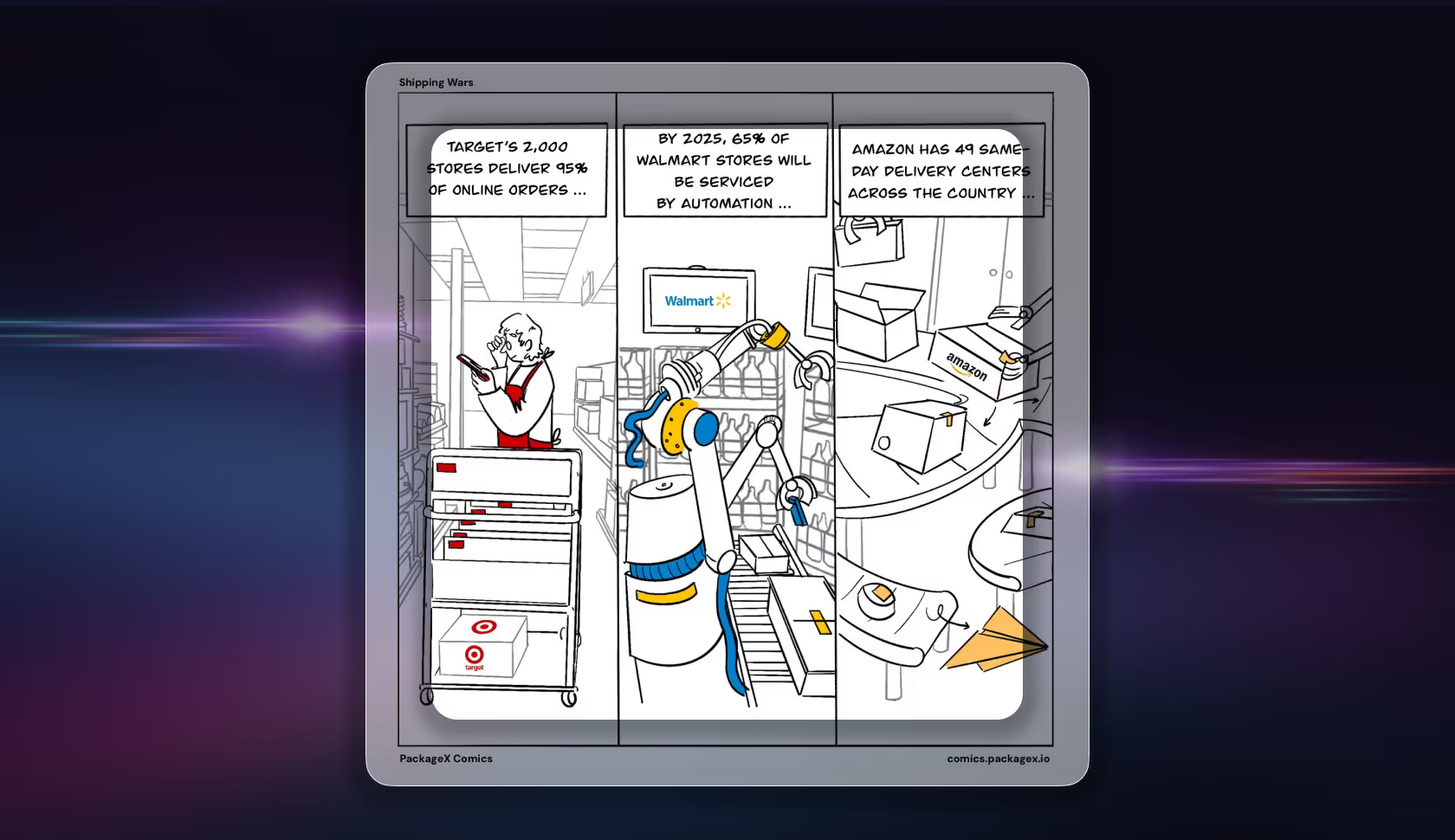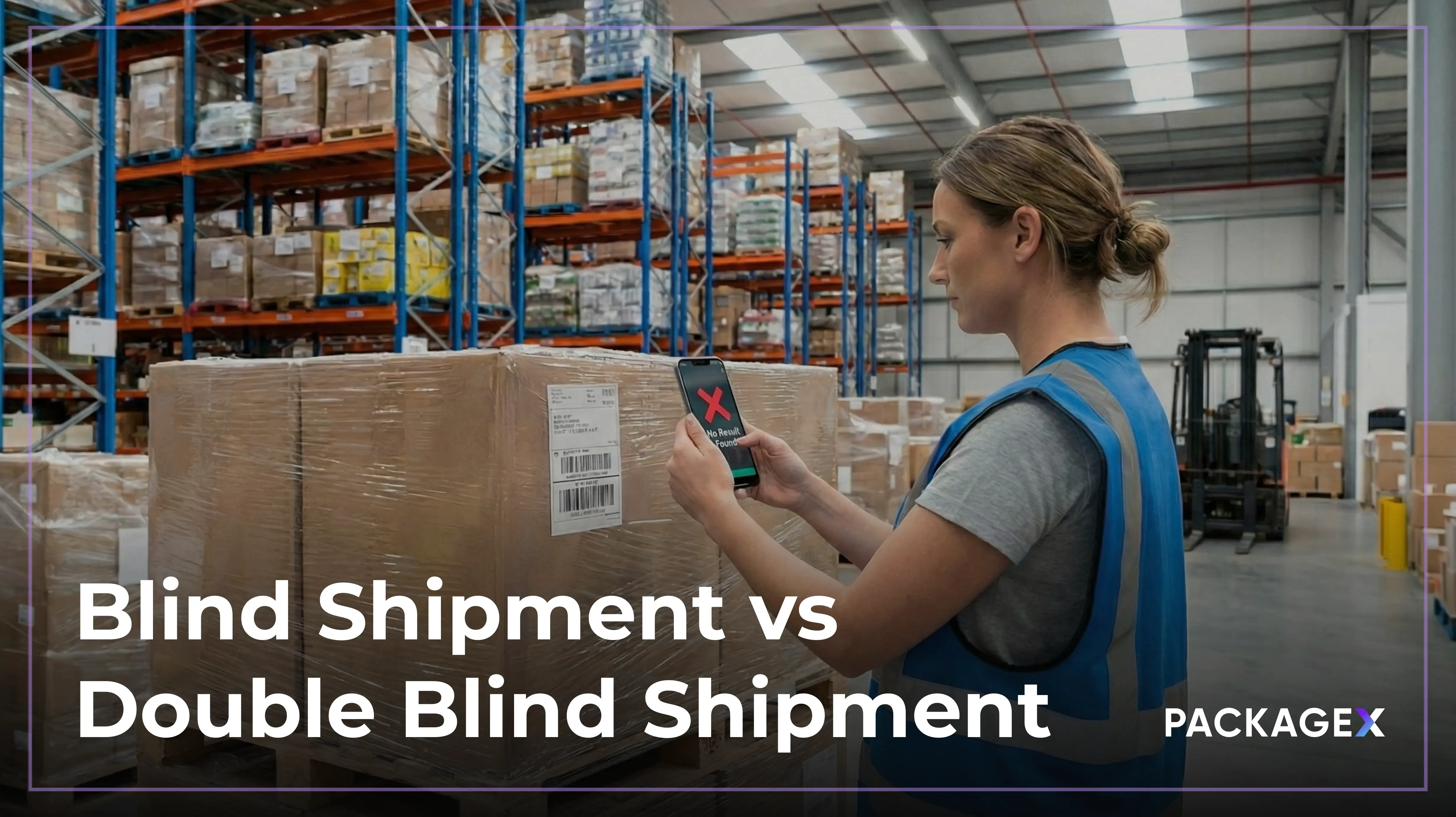In today's competitive retail landscape, expedited shipping has become a cornerstone of success, prompting industry leaders like Amazon, Target, and Walmart to innovate and redefine their distribution strategies. Each retailer has carved its unique path to meet the soaring demand for faster deliveries, leveraging technology, network optimization, and innovative approaches to shipping.
Evolving distribution networks: Amazon's same-day delivery centers
Amazon, the pioneer in fast and efficient shipping, continues to revamp its distribution network by establishing a multitude of same-day delivery centers strategically positioned across 90 metropolitan areas. These centers, comprising a smaller footprint compared to traditional warehouses, epitomize Amazon's commitment to speed and precision.
With more than 175 fulfillment centers globally and a concerted effort to reduce average delivery times by over 50% since 2018, Amazon's relentless pursuit of rapid order fulfillment is evident. The company's same-day facilities are meticulously designed to curate high-demand inventories aided by cutting-edge AI-driven technology. This integration of technology ensures seamless order processing, enabling packages to traverse shorter distances and reach customers within a matter of hours.
In the WSJ Shipping Wars series, an Amazon spokesperson emphasized: "Our same-day facilities stock high-demand items, enabling us to send out packages over much shorter distances, resulting in faster deliveries." The strategic placement of these centers significantly reduces delivery times and strengthens Amazon's position as a trailblazer in the world of swift e-commerce deliveries.
Utilizing store networks: Target's cost-effective shipping approach
In contrast to Amazon's extensive fulfillment centers, Target adopts an innovative “stores as fulfillment centers” strategy. With a network of over 2,000 stores strategically dispersed across the country, Target capitalizes on the proximity to customers to streamline shipping operations.
By transforming its stores into mini-fulfillment hubs, Target caters to 95% of its online orders, significantly reducing shipping costs. The integration of in-store fulfillment processes allows Target to expedite next-day deliveries while optimizing space within existing store footprints.
Despite challenges such as space limitations and balancing in-store shopping with online fulfillment, Target's innovative approach has resulted in a substantial surge in next-day deliveries. A Target representative highlighted: "Our stores provide a great advantage when it comes to fast delivery because they're located within 10 miles of 90% of the population."
Automating fulfillment: Walmart's technological leap with robots
Walmart relies on automation and technology integration at its Market Fulfillment Centers (MFCs) to scale its shipping operations. These MFCs, attached to Walmart Supercenters, house thousands of popular products and leverage a fleet of over 175 robots to expedite order processing.
With a commitment to processing 95% of orders in under 12 minutes, Walmart's investment in cutting-edge technology like Alphabots for efficient order picking sets it apart. The seamless integration of automation and technology allows Walmart to fulfill orders rapidly — often within hours — leveraging its extensive network of over 4,600 stores, with more than 4,000 offering same-day delivery.
In the race for expedited shipping supremacy, Target, Walmart, and Amazon employ distinctive yet effective strategies tailored to their strengths. While Amazon revolutionizes its distribution network with same-day centers, Target leverages its store network for cost-effective shipping, and Walmart scales its operations through automation.
{{returns-webinar}}
Learn more in the Shipping Wars video series
The insights in this article are based on the Shipping Wars series by The Wall Street Journal. We highly recommend checking out each video about Amazon, Target, and Walmart.




